Inflatable module MKS
Some details about BEAM (inflatable compartment of the International Space Station).
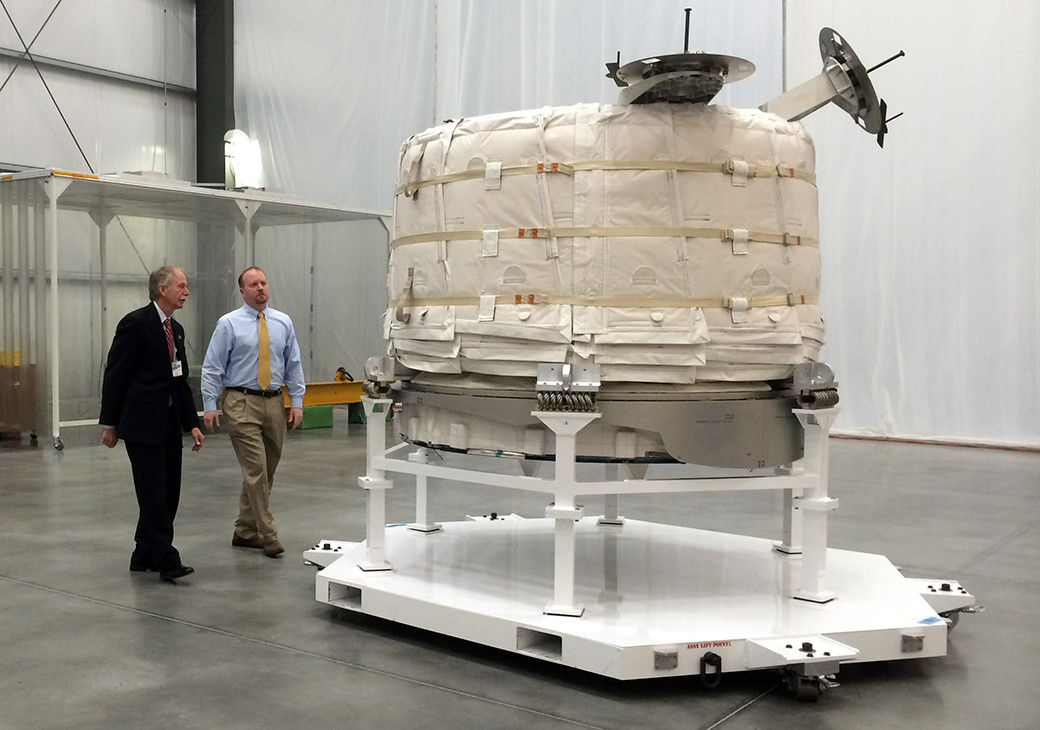
The BEAM module (Bigelow Expandable Activity Module) was delivered into orbit on April 8, 2016 in the leaky compartment of the Dragon. If everything goes according to plan , then on April 15-16, BEAM will dock to the ISS using the Canadarm2 manipulator, and on May 25-26 they will cheat.
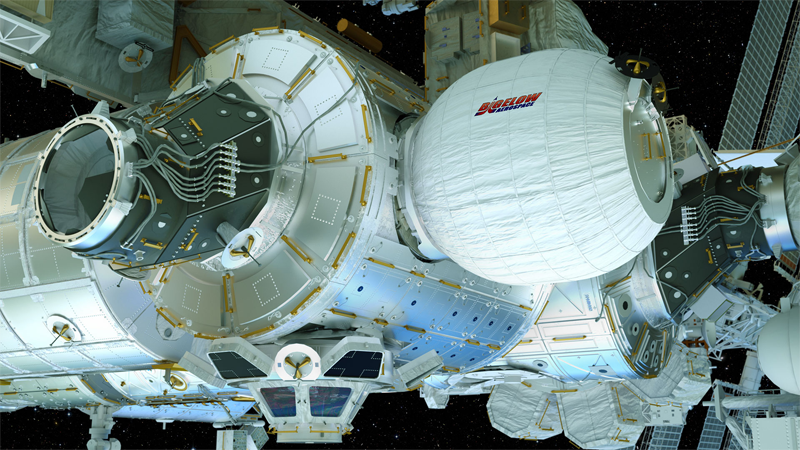
The volume of BEAM'a in the collapsed state is 3.6 cubic meters, in the expanded state - 16.0 cubic meters.
The shell consists of several layers, including Vectran material. Vectran is stronger than Kevlar and is designed to resist micrometeorites and space debris. This material has already worked in space - in particular, it was used in depreciation cylinders for landing the Mars rovers Spirit and Opportunity.

')
Moreover, BEAM is not the first inflatable spacecraft. The company-developer Bigelow Aerospace has already tested the technology on the uninhabited Genesis I and Genesis II devices (2006-2007).

Both Genesis had a 15-centimeter “skin” and remained airtight for at least a couple of years after launch. The devices are still in orbit, but their internal parameters are not monitored.
BEAM, unlike Genesis, is positioned as a habitable module, but after docking with the ISS, they will not live, work and store materials in it. The hatch will be battened down and will remotely monitor the temperature, pressure, and the radiation situation inside. The readings of the radiation sensors will be compared with the data of the same sensors inside the ISS.
Animation:
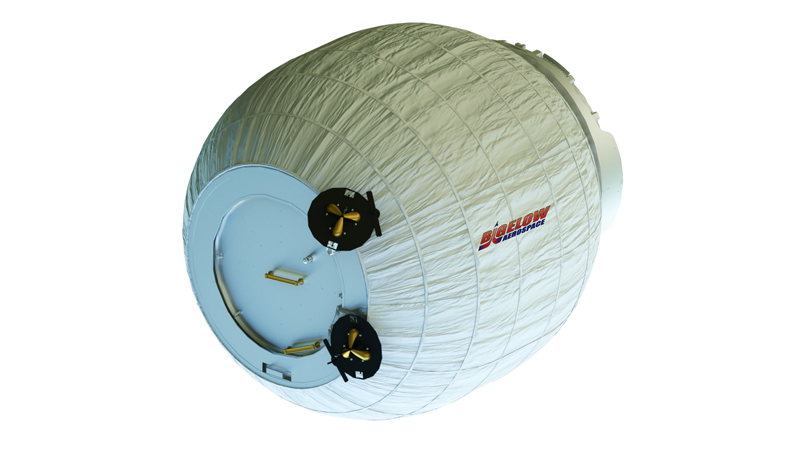
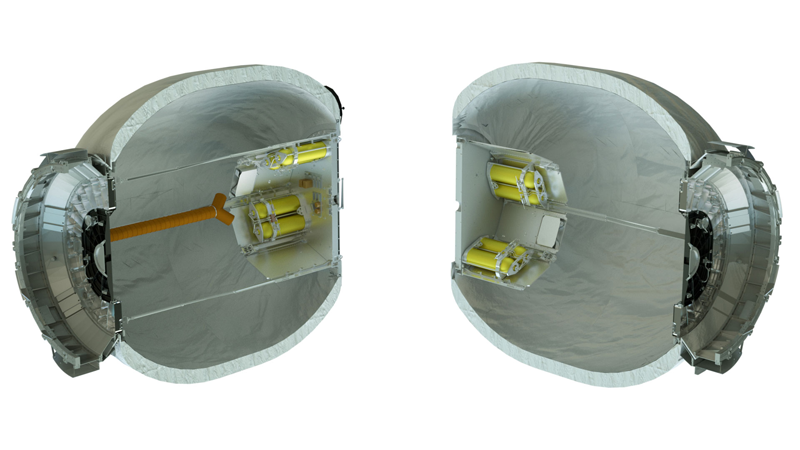
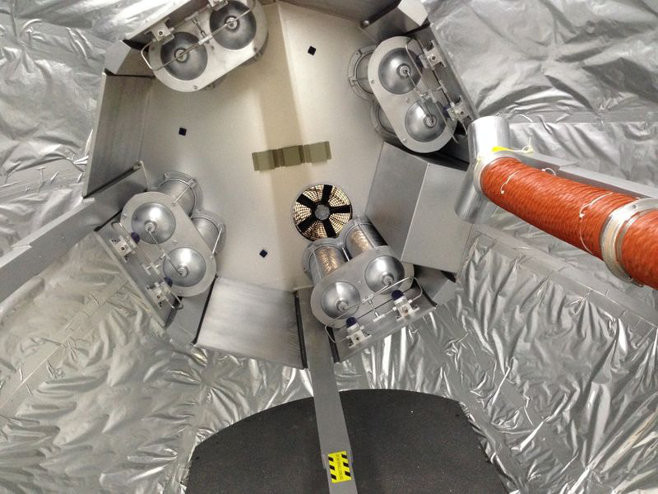
If the two-year tests are successful, then in the future it is possible to build space stations of such modules, colonies on the Moon and Mars from such modules.
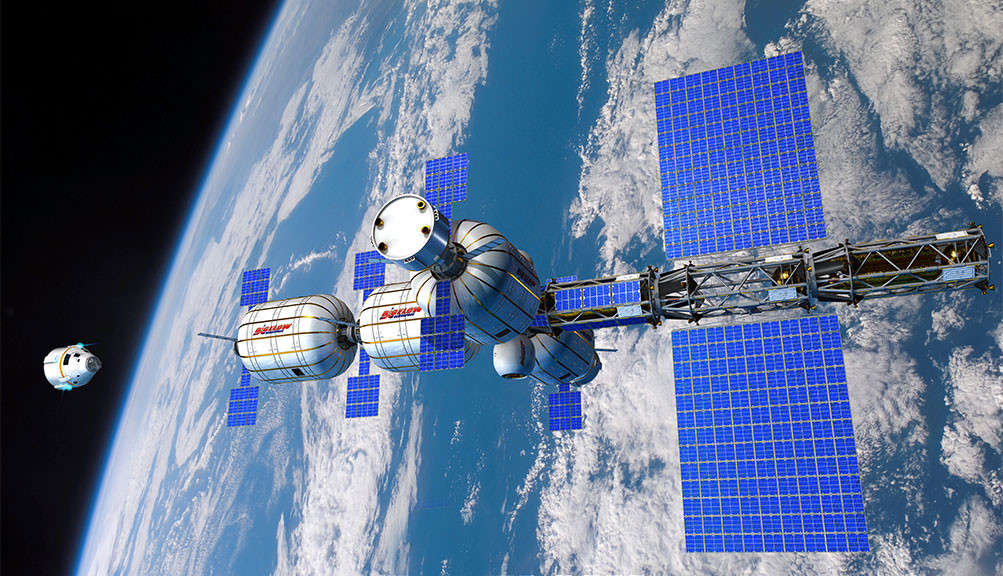

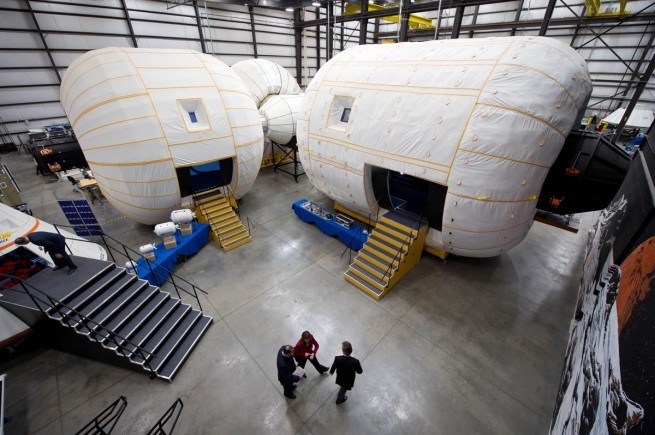
In addition to saving space at start-up, among the advantages of such a design, the best sound-absorbing characteristics of textiles are noted compared to traditional aluminum cladding. And the problem of noise on the ISS is very acute: because of it, many astronauts do not get enough sleep .
The creators are confident that the walls of the module will withstand the ingress of a micrometricite even better than aluminum structures. If the meteorite breaks through the textile shell, then it will not burst instantly, but will slowly “poison” the air and give time to take action.
BEAM FAQs from NASA

The BEAM module (Bigelow Expandable Activity Module) was delivered into orbit on April 8, 2016 in the leaky compartment of the Dragon. If everything goes according to plan , then on April 15-16, BEAM will dock to the ISS using the Canadarm2 manipulator, and on May 25-26 they will cheat.

The volume of BEAM'a in the collapsed state is 3.6 cubic meters, in the expanded state - 16.0 cubic meters.
The shell consists of several layers, including Vectran material. Vectran is stronger than Kevlar and is designed to resist micrometeorites and space debris. This material has already worked in space - in particular, it was used in depreciation cylinders for landing the Mars rovers Spirit and Opportunity.

')
Moreover, BEAM is not the first inflatable spacecraft. The company-developer Bigelow Aerospace has already tested the technology on the uninhabited Genesis I and Genesis II devices (2006-2007).

Both Genesis had a 15-centimeter “skin” and remained airtight for at least a couple of years after launch. The devices are still in orbit, but their internal parameters are not monitored.
BEAM, unlike Genesis, is positioned as a habitable module, but after docking with the ISS, they will not live, work and store materials in it. The hatch will be battened down and will remotely monitor the temperature, pressure, and the radiation situation inside. The readings of the radiation sensors will be compared with the data of the same sensors inside the ISS.
Animation:



If the two-year tests are successful, then in the future it is possible to build space stations of such modules, colonies on the Moon and Mars from such modules.



In addition to saving space at start-up, among the advantages of such a design, the best sound-absorbing characteristics of textiles are noted compared to traditional aluminum cladding. And the problem of noise on the ISS is very acute: because of it, many astronauts do not get enough sleep .
The creators are confident that the walls of the module will withstand the ingress of a micrometricite even better than aluminum structures. If the meteorite breaks through the textile shell, then it will not burst instantly, but will slowly “poison” the air and give time to take action.
BEAM FAQs from NASA
Source: https://habr.com/ru/post/392717/
All Articles